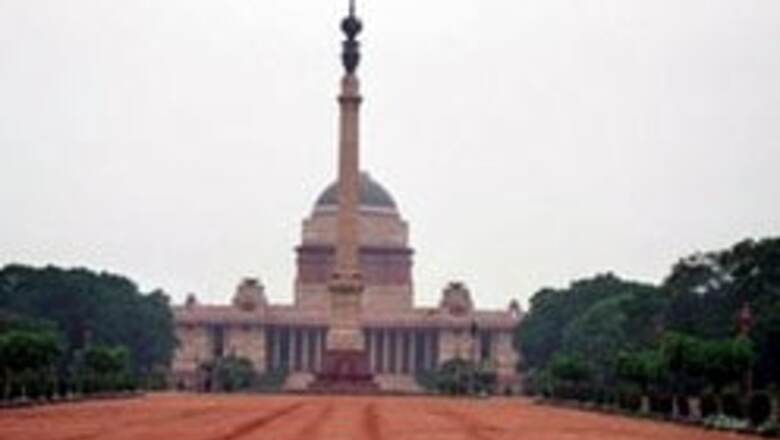
views
Unlike other elections, the Presidential Election is conducted through a system of "proportional representation by means of single transferable vote".
In this process, the ballot paper does not contain any election symbol. There are two columns in the ballot paper: Column 1 contains the heading 'Name of Candidate' and Column 2 contains the heading 'Mark order of preference'.
Preference Voting:
Now, each elector has as many preferences as there are candidates, but no ballot paper shall be considered invalid solely on the ground that all such preferences are not marked.
In giving his vote, an elector shall place the figure '1' in the space opposite the name of the candidate whom he chooses for his first preference and may, in addition, mark as many subsequent preferences as he wishes by placing on his ballot paper the figures 2, 3, 4 and so on opposite the names of other candidates in order of preference.
The figures may be marked in the international form of Indian numerals or in the Roman form or in the form used in any Indian language. This, however, can't be indicated in words.
The value of vote of each elector is pre-determined. While counting the votes, the Returning Officer counts the votes statewise in so far as the votes are cast by the members of each Legislative Assembly, while the votes of the Members of Parliament are taken up in one lot.
The Returning Officer scrutinises the ballot papers first and if found valid, puts the valid ballot papers in the tray meant for the candidate to whom the first preference was marked. After distributing the ballot papers of one state, the RO totals the valid ballot papers credited to each candidate and these totals are multiplied by the value of each vote and that total is credited to the candidate as the total value of votes secured.
After so distributing the valid ballot papers polled by members of each elector, the RO totals up the value of valid votes secured by
each candidates.
The Election Quota:
After calculating the total value of votes polled by each candidate, the RO totals up the value of all valid votes polled. The quota for declaring a candidate as elected is determined by dividing the total value of valid votes by 2 and adding one to the quotient, ignoring the remainder, if any.
For example, assuming the total value of valid votes polled by all candidates is 1,00,001. The quota required for getting elected is: -
1,00,001 + 1 = 50,000.50 + 1 (Ignore.50)/2. Which means the quota will be 50,000+1 = 50,001.
After ascertaining the quota, the RO has to see whether any candidate secured the quota for being declared as elected on the basis of the total value of first preference votes polled by him/her.
If no candidate gets the quota on the basis of first preference votes, then the RO proceeds further to second round of counting, during which the candidate having lowest value of votes of first preference is excluded and his votes are distributed among the remaining candidates according to the second preference marked on these ballot papers.
The other continuing candidates receive the votes of excluded candidate at the same value at which he/she received them in the first round of counting.
The RO will go on excluding the candidates with lowest number of votes in subsequent rounds of counting till either one of the continuing candidates gets the required quota or till only one candidate remains in the field as the continuing candidate and shall declare him/her as elected.


















Comments
0 comment